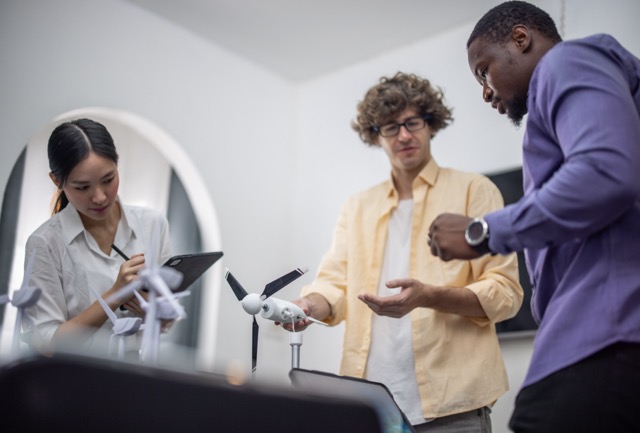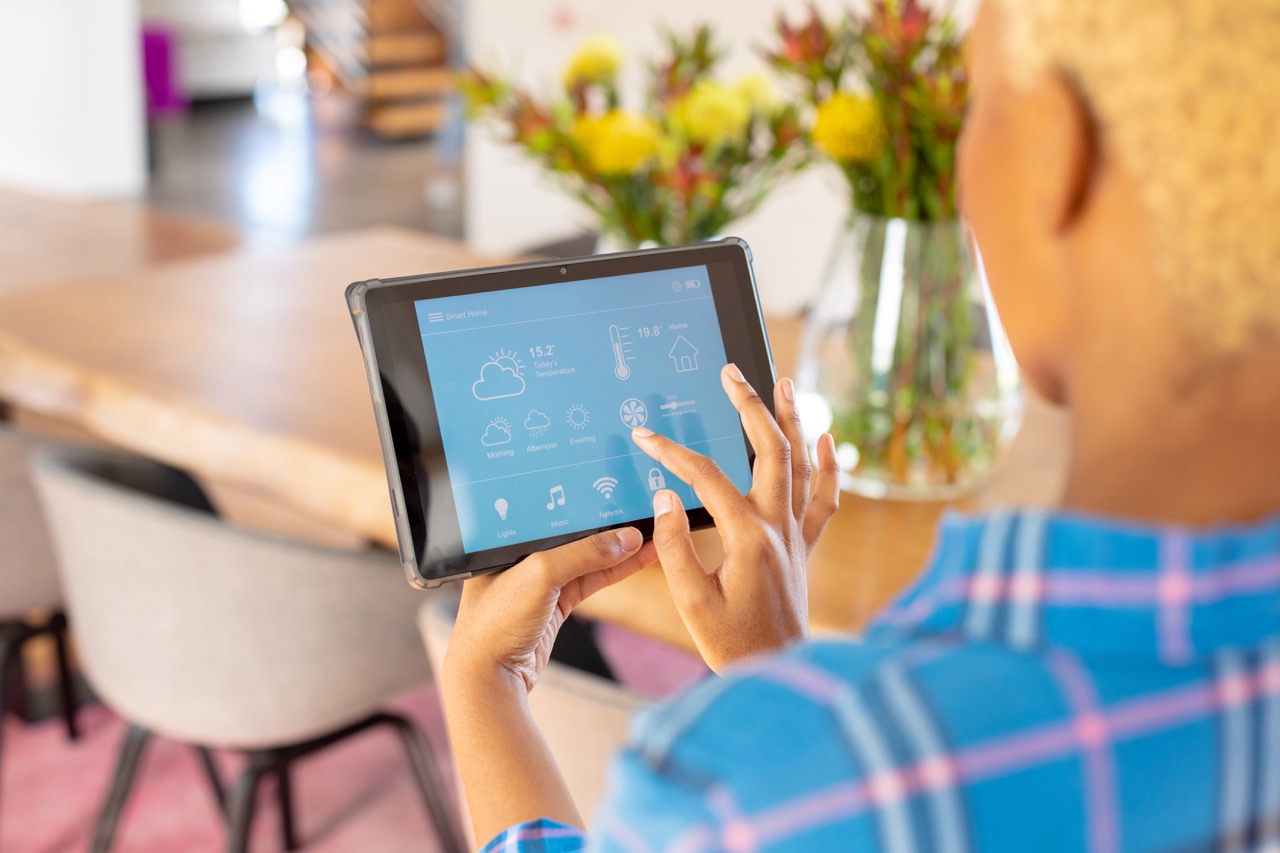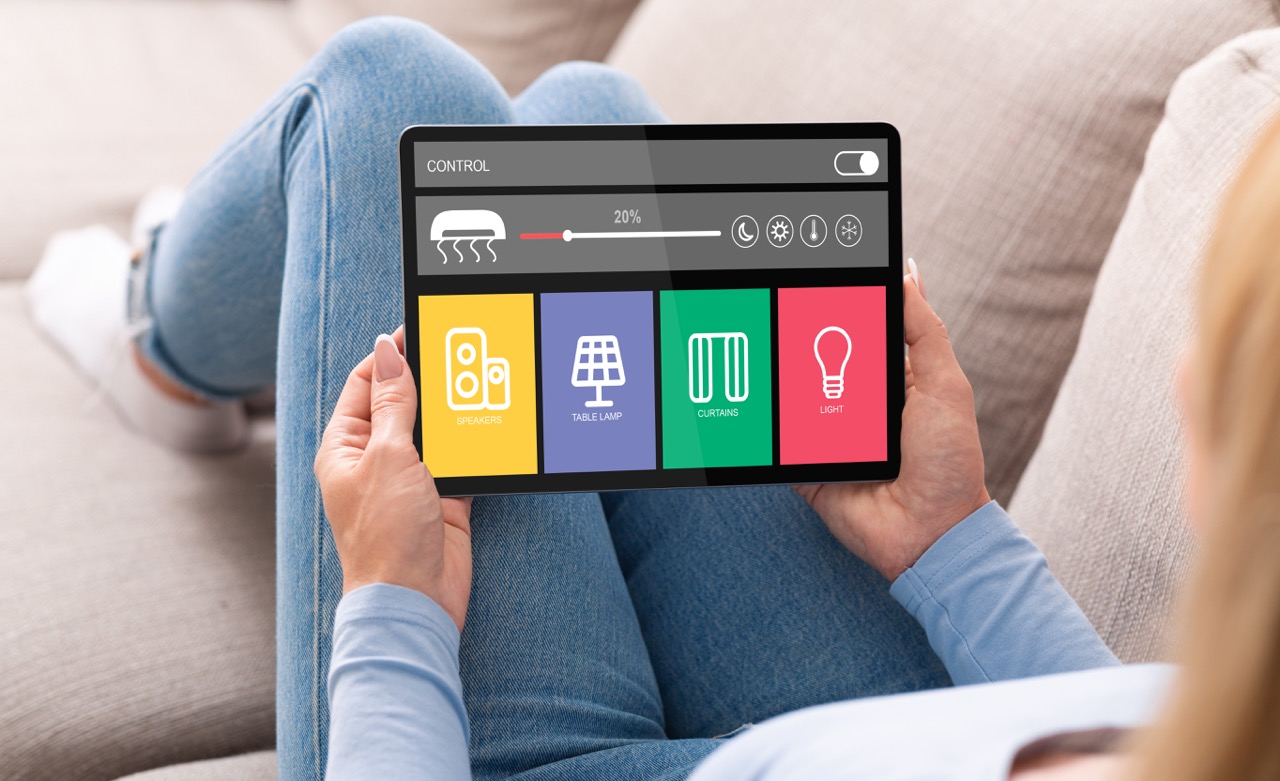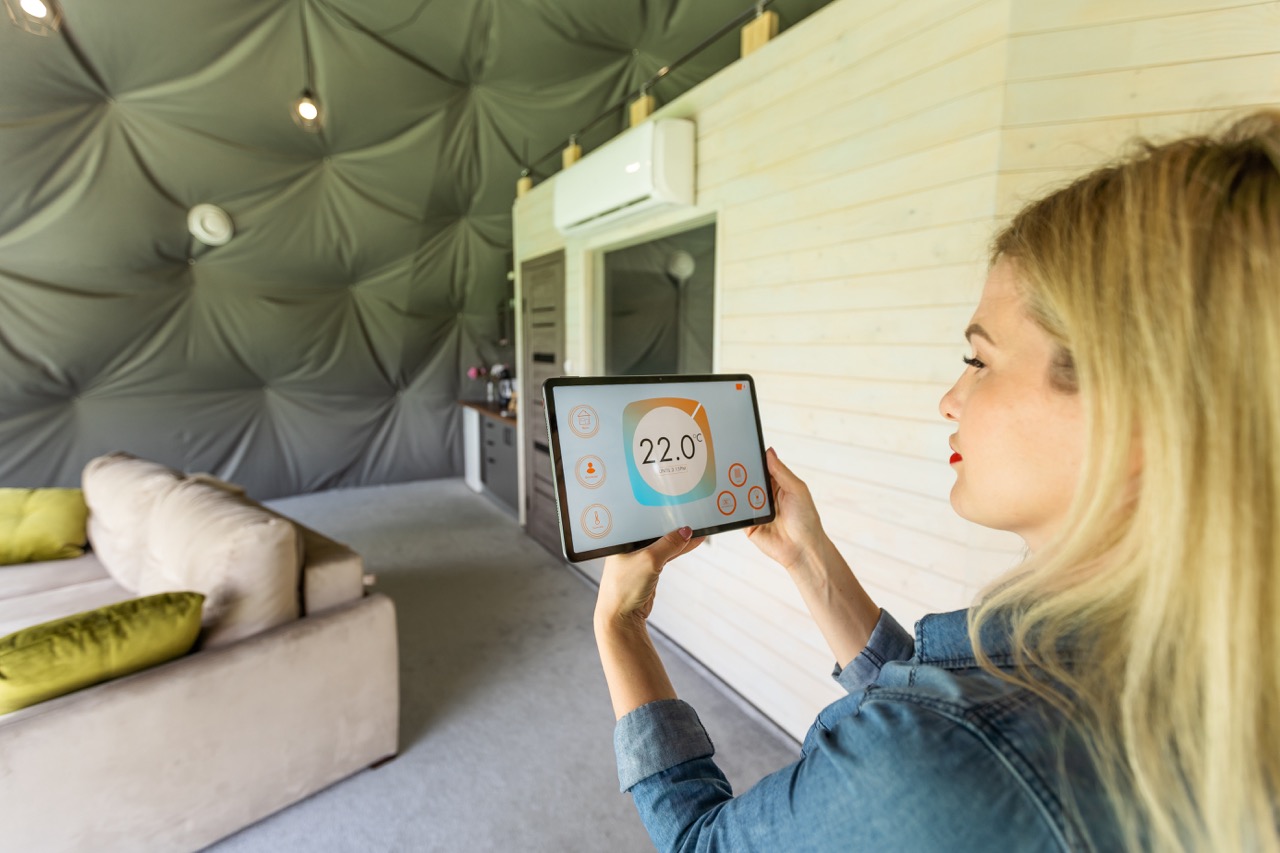The world of office environments has undergone a dramatic transformation over the last few decades, largely due to the advent of smart office technologies. These innovations have revolutionized how employees interact with their workspaces, promoting efficiency, collaboration, and overall well-being. This article delves into the origins of smart office technology, key innovations that have shaped these solutions, their impact on office efficiency, and what the future holds for this rapidly evolving field.
The Origins of Smart Office Technology in the Workplace
The concept of smart office technology can be traced back to the early 1990s when the digital revolution began to reshape the landscape of various industries. The rapid proliferation of personal computers in the workplace marked the beginning of a significant shift. Organizations started to recognize the potential of these devices to streamline operations, enhance communication, and improve productivity. As companies embraced the Internet and local area networks, the groundwork for smart office technology was laid, leading to the development of interconnected systems that would soon define modern workplaces.
The introduction of automation in office tasks was a key milestone in the evolution of smart offices. Early solutions, such as email systems and shared calendars, enabled more effective communication and collaboration among teams. Additionally, the emergence of office management software allowed organizations to centralize their operations, enabling managers to track resources, schedules, and employee performance with unprecedented ease. These developments laid the foundation for a new paradigm in workplace management, one that prioritized efficiency and connectivity.
As the 21st century approached, the advent of wireless technology and the Internet of Things (IoT) further accelerated the growth of smart office technologies. With an increasing number of devices becoming interconnected, businesses began to explore the potential of smart sensors, automated lighting, and climate control systems. These technologies not only improved the comfort of the workspace but also contributed to energy efficiency and cost savings. The smart office concept was gaining traction, setting the stage for the innovations that would follow.
Key Innovations That Shaped Early Smart Office Solutions
One of the most groundbreaking innovations in the development of smart office technology was the advent of cloud computing. By enabling users to store and access data remotely, cloud solutions transformed how companies operated. Teams could collaborate in real-time from different locations, breaking down geographical barriers and fostering a culture of collaboration. The rise of cloud applications also facilitated the integration of various office tools, which streamlined workflows and enhanced productivity across the board.
Another significant innovation was the introduction of smart devices equipped with sensors and automation capabilities. Smart thermostats, lighting systems, and occupancy sensors allowed organizations to optimize their environments for comfort and efficiency. For instance, smart lighting systems could adjust brightness based on occupancy or natural light levels, resulting in reduced energy consumption. These advancements not only improved employee satisfaction but also demonstrated a commitment to sustainability, appealing to modern consumers and investors alike.
Collaboration tools, such as video conferencing and instant messaging platforms, represented another critical advancement in the realm of smart office technology. These tools bridged the gap between remote and in-office employees, fostering seamless communication and teamwork. As businesses continued to adapt to a hybrid work model, these technologies became indispensable, allowing organizations to maintain productivity levels regardless of physical location. The foundation had been set for a fully integrated smart office ecosystem, one that prioritized flexibility and connectivity.
The Impact of Smart Technology on Office Efficiency
The implementation of smart office technologies has had a profound impact on operational efficiency within organizations. By automating routine tasks and optimizing resources, businesses have been able to reduce costs and streamline workflows. For instance, automated scheduling tools have significantly decreased the time spent coordinating meetings and managing calendars, allowing employees to focus on more strategic tasks. This enhanced efficiency translates directly into improved productivity and a better bottom line.
Moreover, smart office technologies promote a healthier work environment, which can lead to increased employee satisfaction and retention. Intelligent climate control systems ensure optimal temperature and air quality, contributing to the well-being of employees. Additionally, flexible workspace solutions, such as hot desking and shared offices, allow organizations to adapt to their needs dynamically. This flexibility not only meets the diverse preferences of employees but also maximizes the use of available space, fostering a more collaborative culture.
The integration of data analytics in smart office systems has further enhanced decision-making processes. Organizations can now harness vast amounts of data generated by office activities to gain insights into employee performance, resource allocation, and overall workplace dynamics. By analyzing this information, companies can make informed decisions that drive improvement and foster innovation. The cumulative effects of these technologies have transformed traditional office environments into dynamic, responsive workspaces that are conducive to productivity and growth.
Future Prospects: Evolution of Smart Office Technologies
Looking ahead, the future of smart office technologies promises to be even more transformative. As artificial intelligence (AI) continues to advance, we can expect increasingly sophisticated systems that learn and adapt to the needs of employees. AI-driven analytics will provide deeper insights into workplace dynamics, enabling organizations to optimize their operations further. Predictive maintenance for office equipment will become commonplace, reducing downtime and ensuring that resources are utilized to their fullest potential.
Another area poised for significant development is the integration of augmented reality (AR) and virtual reality (VR) in the workplace. These technologies have the potential to revolutionize training, collaboration, and even recruitment processes. Imagine a scenario where new employees can experience immersive training sessions or teams can collaborate in virtual environments, regardless of their physical location. This level of interactivity could enhance engagement, creativity, and problem-solving capabilities within organizations.
Moreover, the emphasis on sustainability and environmental responsibility will continue to shape the future of smart office technology. As businesses become more aware of their impact on the planet, there will be a greater focus on developing solutions that minimize resource consumption and reduce carbon footprints. Innovations in energy-efficient devices, waste reduction systems, and green building practices will likely become integral components of smart office strategies, aligning with the values of the increasingly eco-conscious workforce.
The journey of smart office technology from its origins to its current state is a testament to the power of innovation and adaptability in the workplace. As organizations embrace these technologies, they are not only enhancing efficiency and productivity but also fostering a more engaged and satisfied workforce. The future holds exciting possibilities, with advancements in AI, AR, and sustainability poised to redefine the office landscape yet again. As we move forward, the evolution of smart office technologies will continue to play a pivotal role in shaping our work environments for the better.










